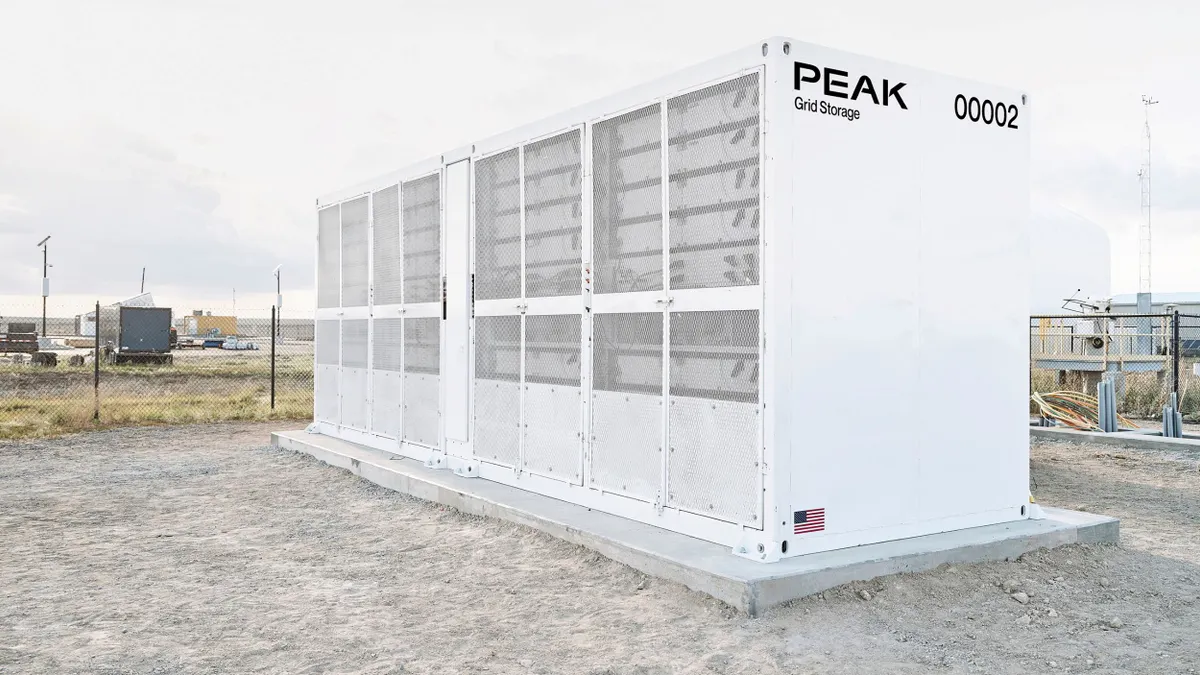Dive Brief:
- American Electric Power (AEP) took a first step on Wednesday toward developing 900 MW of renewable resources in Ohio, filing an amended long-term forecast with state regulators that finds $173 million in net benefits to Ohio customers through Renewable Energy Purchase Agreements, relative to what is available in the market.
- Such a volume of wind and solar would more than double the state's existing renewable resources, according to the Natural Resources Defense Council (NRDC). The group was part of a 2016 settlement leading to AEP Ohio's filing, under which the utility also agreed to decommission 1,500 MW of coal-fired capacity.
- The clean energy resources are being proposed outside of a regular integrated resource plan, and plans for individual projects could be filed with the Public Utilities Commission of Ohio next week. A utility survey showed a majority of AEP Ohio customers were willing to pay more for renewables — though there was significantly greater enthusiasm in the residential segment.
Dive Insight:
AEP Ohio is moving ahead with the terms of a settlement approved late in 2016, part of which aims to create a solar manufacturing economy in the state's Appalachian region. The settlement related to a plan to close certain coal plants and modernize the state's energy infrastructure, along with the utility's attempts at keeping other coal plants open. As part of the settlement, the company agreed to develop at least 500 MW of wind and 400 MW of solar energy projects.
While AEP Ohio could purchase renewable energy in the PJM Interconnection market, and there is sufficient energy available, company spokesman Scott Blake told Utility Dive that a big part of this is about developing the resources and jobs within the state, particularly in Appalachia.
"There is a real desire for additional renewable generation in the state," Blake said.
But the survey also revealed an enthusiasm gap. While more than three quarters of residential customers said they would be willing to pay more to increase the use of renewable energy, only 54% in the commercial and industrial (C&I) space said they would be willing.
"I think one factor there may be scale," said Blake. "C&I have much greater usage than average residential customers and may be a little more in tune with what even more small changes can do. There is some additional consideration they're giving to their own profit margins."
The level of support for the wind and solar projects is important, as is how the utility demonstrates their necessity. Opponents of the projects will likely argue that AEP Ohio could simply purchase renewable energy on the open market, Daniel Sawmiller, Ohio energy policy director at NRDC, told Utility Dive.
"There's definitely going to be a debate over customers paying a non-bypassable charge," Sawmiller said, as opponents will likely argue the new projects are unnecessary. "That will be a contentious point in the case. But the way I read the application, there seems to be plenty of wiggle room on where numbers could land."
The utility tested four scenarios and in all of them customers benefited from adding 650 MW of "generic renewable resources," said John Torpey, managing director of resource planning and operational analysis for AEP Service Corp., in filed testimony.
AEP Ohio's first request for proposals (RFP) to supply the 900 MW covered all of the 400 MW solar commitment, but so far just 250 MW of wind.
The economic development is a major aspect of the proposal, Sawmiller said. He was involved in negotiating the settlement in 2016, and said the 400 MW solar figure was intentionally set large enough to attract manufacturing and supply chain partners to the region.
"Clean energy can really benefit Ohio's economy, particularly in the Appalachian region," said Sawmiller. "That's going to be an important part of this. ... There are some pretty clear areas of the state where a manufacturing initiative would make sense and could quickly and easily locate."














